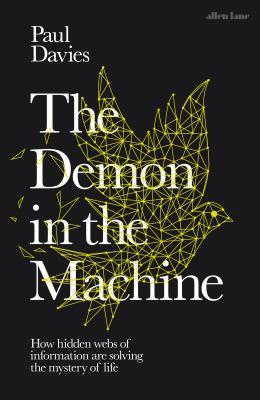What do you think?
Rate this book


320 pages, Hardcover
First published September 1, 2020
ä»Davies recounts the history of science, including developments in mathematics, quantum physics, information theory, brain research, etc. But the average hyper-intellectual would already know most of the science history. The book is utterly demanding, and the average person would experience it as tedious. The authorãs central concept is this:
In response to the arrival of a signal from the body of the neuron, the gates open and allow sodium ions to flow from the outside to the inside, thereby reversing the voltage. Next, a different set of ion channels open to allow potassium ions to flow the other wayä»ãä»from the inside to the outsideä»ãä»restoring the original voltage. The polarity reversal typically lasts for only a few thousandths of a second. This transient disturbance triggers the same process in an adjacent section of the axonãs membrane, and that in turn sets off the next section, and so on. The signal thus ripples down the axon towards another neuron. (pp. 196-97)
ä»
ä»Comparatively, the medieval version is like this:
LIFEä»= MATTERä»+ INFORMATION
ä»
ä»Here, spirit is what God breathed into Adamãs nostrils. On this view, we are connected to a divine transcendental mind through a kind of umbilical cord of spirit. Our conscious awareness has an otherworldly origin. This actually provides an explanation of sorts. As I see it, Daviesãs equation does not. It could provide an explanation for life going on ãin the darkã�, without conscious awareness. But since life goes on ãin the lightã�, it has not sufficient explanatory power. It does not help to say that ãthe whole is greater than the sum of its partsã� and that ãconsciousness is an emergent propertyã�.
LIFEä»= MATTERä»+ SPIRIT
ä»